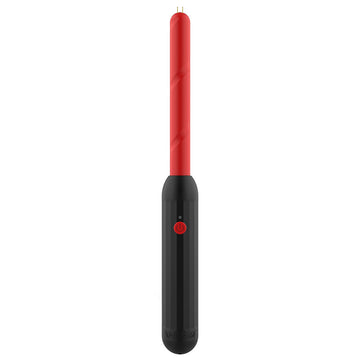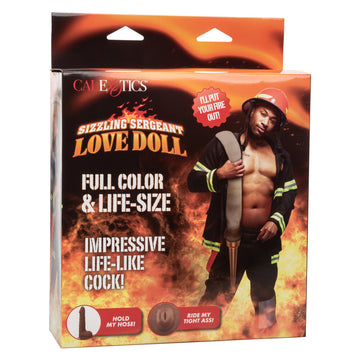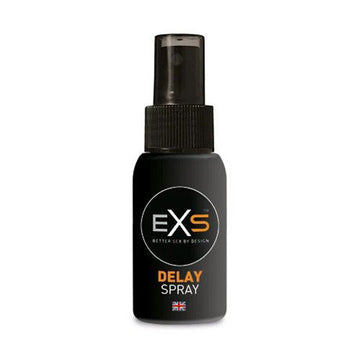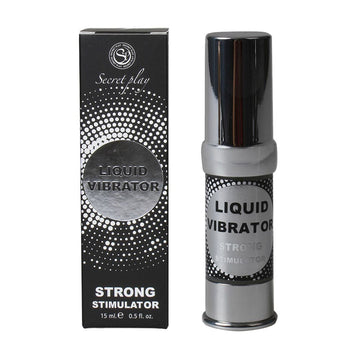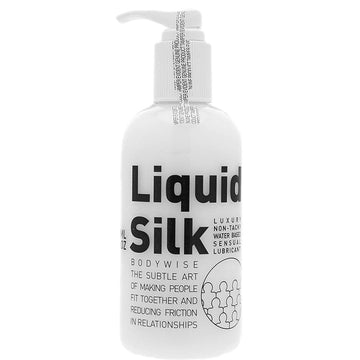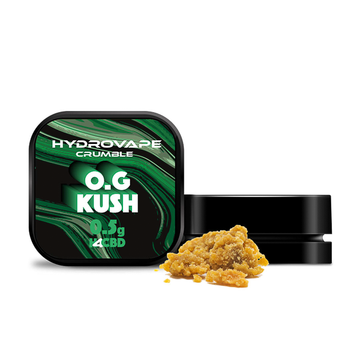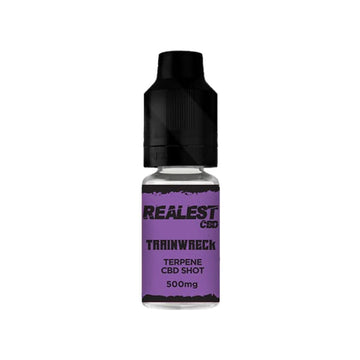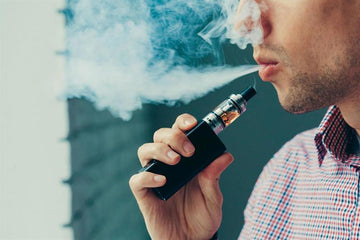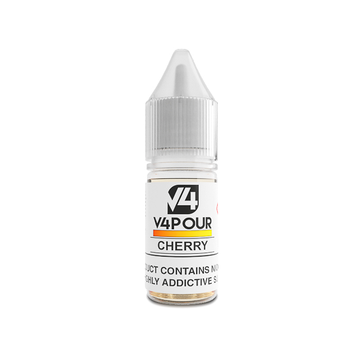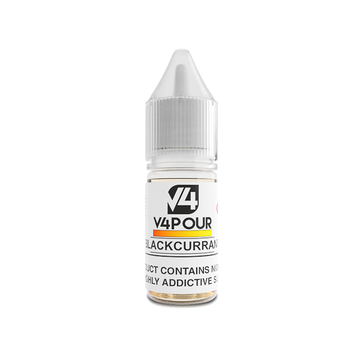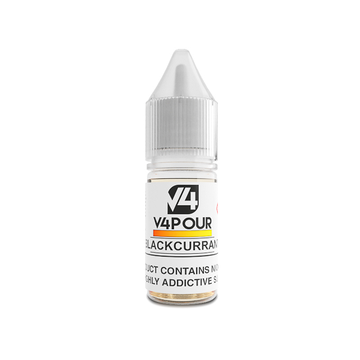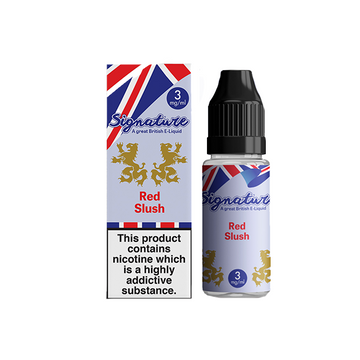Licence Conditions Dashboard
30 Acre Lane, Brixton
Assessment Summary
This dashboard visualises the proposed licensing conditions for 30 Acre Lane. The conditions are numerous and stringent, reflecting the specific challenges of the Brixton area. While they impose a significant operational burden, most are deemed necessary and proportionate to uphold the four licensing objectives: preventing crime and disorder, ensuring public safety, preventing public nuisance, and protecting children from harm. This tool is designed to help you understand and manage these obligations effectively.
Key Operational Metrics at a Glance
Last Entry
23:00 Sun-Thu
00:00 Fri-Sat
Challenge 25
In Force
Recognised photo ID only
External Area
20 Max people before 23:00
15 Max smokers after 23:00
Off-Sales
Prohibited
No takeaway alcohol sales
The 'Why': Brixton's Local Context
The stringency of your licence conditions is directly informed by the local crime profile and public order history of Brixton. The data below illustrates the prevalence of specific offences that licensed premises must actively work to mitigate. A high incidence of violence, anti-social behaviour, and drug-related offences necessitates robust controls on security, patron management, and responsible service of alcohol.
Urgent Attention Required
The following conditions contain critical ambiguities or potentially impractical requirements. They need immediate clarification with the licensing authority to ensure your operation is compliant and feasible.
1. SIA Staff Employment Contradiction
The conditions document contains two conflicting clauses regarding how SIA door supervisors must be employed.
Contradiction A: "The premises itself will directly employ the security personnel or security company..."
Contradiction B: "SIA door supervisors shall only be employed through an external contract company."
Recommended Action:
Urgently seek written clarification from the authority that drafted the conditions. Propose adopting the use of a reputable, external, ACS-accredited SIA company, as this model aligns with the professional standards implied by the other security conditions.
2. First Aider's Proactive Drug Checking Role
A condition requires a qualified first aider to proactively check customers for signs of drug abuse prior to entry. This is a highly unusual and problematic requirement.
Problematic Clause: "[A] qualified first aider must be employed... This first aider is tasked to be proactive in checking customers prior to entry to the club for signs of drug abuse."
Recommended Action:
Discuss this condition with the authorities. Argue that this role is inappropriate for a first aider and overlaps with the duties of SIA staff. Propose that drug detection and searching remain the exclusive responsibility of trained SIA personnel, while the first aider's role is focused solely on medical welfare and response.
Core Operations & Management
This section details the fundamental day-to-day operational rules you must follow. These conditions cover staff training, age verification, record-keeping, and general premises management to ensure a safe and orderly environment.
Security & Crime Prevention
These conditions focus on proactive measures to prevent crime and disorder. They include detailed requirements for your CCTV system and the deployment of professional SIA-licensed door supervisors. Adherence to these is critical given the local risk profile.
Preventing Public Nuisance
This section covers your responsibilities for managing your impact on the surrounding area. It includes stringent rules on noise control, managing external areas, and ensuring the orderly dispersal of patrons to protect local residents from disturbance.
